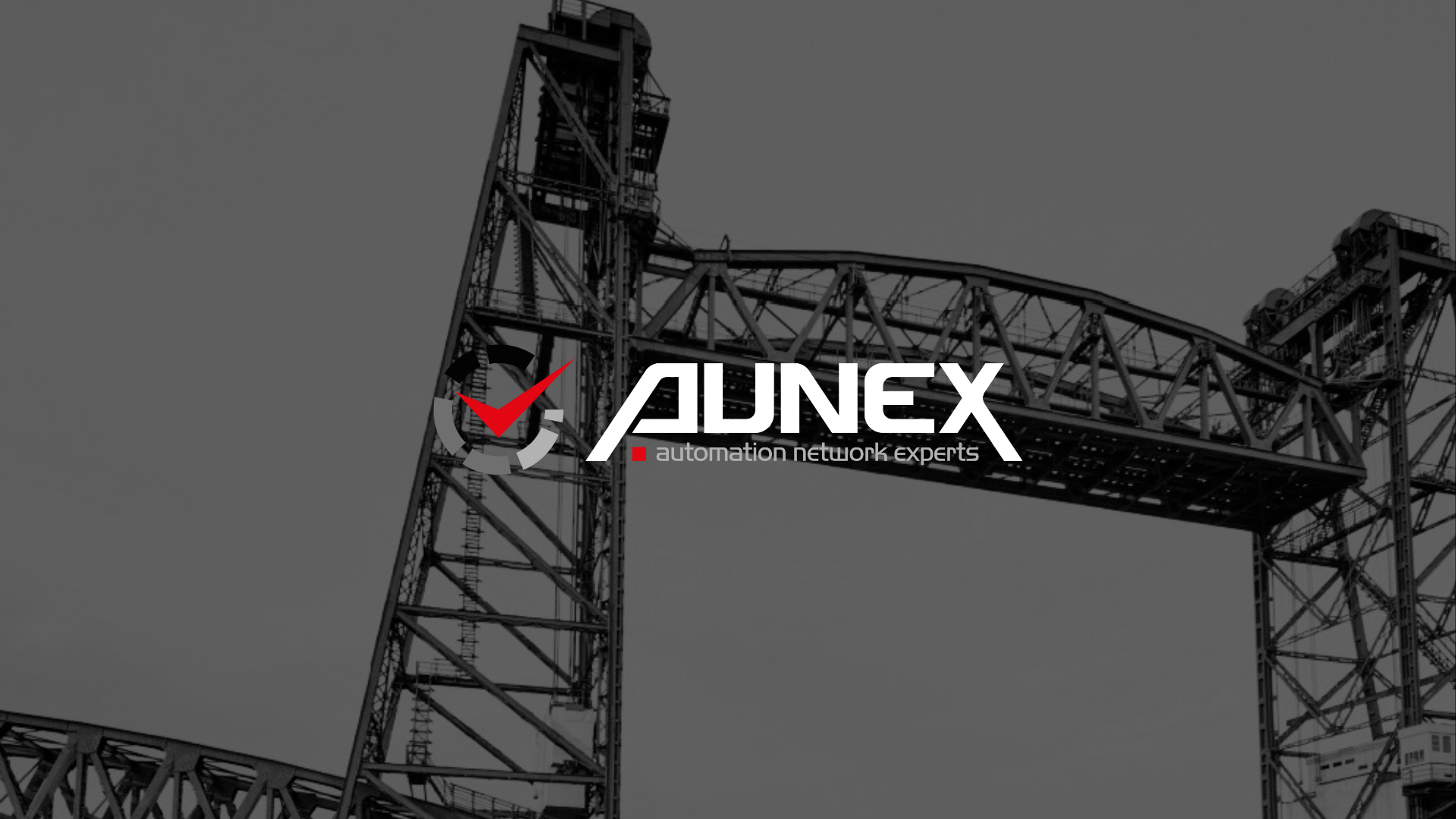Introduction
In the ever-changing world of automotive marketing, staying ahead requires more than just understanding the basics of advertising. It demands a comprehensive knowledge of the entire operation, from sales and customer experience to service and the used cars department. Having rotated through various departments, I’ve gained a holistic view of the automotive industry, both on a national level and at the dealer level. This unique perspective allows me to see how the industry is evolving and what strategies can drive success in this dynamic environment.

The Rapidly Changing Automotive Industry
The automotive industry has undergone more changes in the last decade than in the previous sixty years combined. Technological advancements, shifting consumer preferences, and new government regulations are all reshaping how vehicles are marketed and sold. For instance, the push towards greener, more environmentally friendly vehicles has placed significant pressure on automakers to innovate. This, in turn, has created new challenges and opportunities for automotive marketing.
One of the most significant changes is the rise of electric vehicles (EVs). Traditional selling points like engine power and the roar of the motor are becoming less relevant. Today, customers are more interested in features like battery range, connectivity, customization, and sustainability. The question now is: how do you market a product that is so different from what consumers are used to?
Localized Automotive Marketing: Lessons from Porsche
As the former marketing manager for Porsche Cars in North America on the West Coast, I learned valuable lessons about localized automotive marketing. My territory covered everything from Colorado to the West Coast, and the challenges were unique. For example, luxury used to mean expensive materials and powerful engines. However, the definition of luxury has shifted. Today’s luxury vehicle buyers are looking for something more—personalization, connectivity, and sustainability.
Take EVs, for example. A battery is a battery, so what now differentiates luxury cars? It’s the range, the technology, and the brand experience. Consumers no longer turn on a car just to hear the engine roar; they want to see how easily they can connect their smartphone. This shift in consumer behavior requires a new approach to automotive digital marketing.
The Importance of Dealer-Level Marketing
Marketing at the dealership level is vastly different from marketing at the OEM level. While the OEMs focus on branding and educating the masses, dealerships must build a community of trust with their customers. Pricing, inventory, and local reputation are critical factors. The cars themselves are often so similar that customers base their buying decisions on their trust in the dealership.
Dealerships must also think creatively about how to bring customers into their stores. Traditional tactics like offering a cheap oil change may no longer be effective, especially as EVs become more prevalent and require less frequent servicing. Instead, dealerships must find new ways to engage with customers, perhaps by leveraging automotive marketing services or exploring automotive digital solutions.
The Role of Certified Pre-Owned (CPO) Programs
CPO programs offer a unique opportunity for luxury car brands to introduce new customers to their vehicles. For instance, someone who thinks they can’t afford a Porsche might find a CPO Macan within their budget. This not only introduces them to the brand but also creates a potential lifelong customer if their experience is positive.
Marketing CPO vehicles requires a strategic approach. It’s about showcasing the value and experience that come with owning a luxury car, even if it’s not brand new. This is where a well-thought-out automotive marketing strategy can make all the difference.
Marketing in the Age of EVs and Autonomous Vehicles
As EVs and autonomous vehicles become more mainstream, the marketing landscape will continue to evolve. For example, EVs place new demands on tires due to higher torque, which could be an opportunity for tire companies to collaborate with dealerships. This type of partnership is just one example of how thinking outside the box can lead to innovative marketing solutions.
Educational marketing will also become increasingly important. Consumers need to understand how to optimize their EVs, especially in challenging conditions like winter storms. Dealerships and manufacturers must work together to educate buyers and build trust.
Conclusion: Creativity and Innovation in Automotive Marketing
In conclusion, the automotive industry is at a crossroads, and marketing strategies must adapt to keep up with the rapid changes. From understanding the full scope of dealership operations to embracing new technologies like EVs, success in automotive marketing requires creativity, innovation, and a deep understanding of consumer behavior. As we move forward, I’ll be sharing more insights on these topics and exploring how dealerships can thrive in this new era.
By focusing on automotive digital marketing, automotive marketing services, automotive digital solutions, and automotive marketing strategies, dealerships can not only survive but also lead in this exciting, ever-changing industry. Stay tuned for more in-depth discussions on these topics and more.


